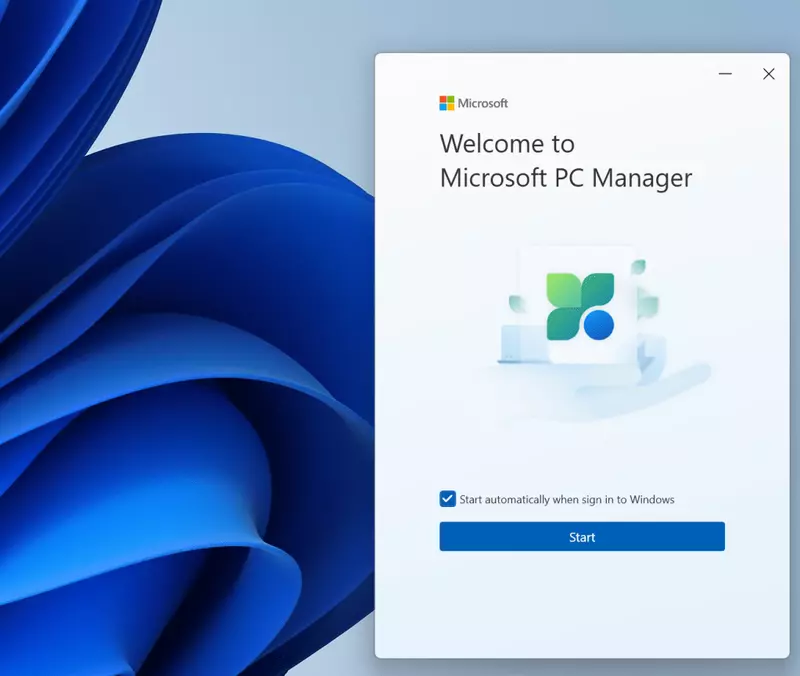
The recent release of Meta’s Llama 2, an advanced AI text model, has sent ripples through the world of artificial intelligence. Dubbed a potential rival to OpenAI’s ChatGPT, Llama 2 boasts enhanced capabilities that have piqued the interest of AI enthusiasts and experts alike. However, amidst the excitement, questions have been raised about the true nature of Llama 2’s open-source status.
Open-source AI models have gained popularity due to their potential for collaboration and transparency. They allow developers to access and modify the underlying code, fostering innovation and customization. While Meta has claimed that Llama 2 is open source, some critics argue that the company’s definition of “open source” may not align with the traditional understanding of the term.
The concern arises from the fact that while the code for Llama 2 is available, the underlying training data and model weights are not. This means that developers may not have full visibility into the model’s inner workings, which could limit their ability to understand and improve upon it. As such, some argue that this limited access compromises the true spirit of open-source AI.
In conclusion, the release of Llama 2 has sparked both excitement and skepticism within the AI community. While Meta claims that the model is open source, there are valid concerns about the level of transparency and accessibility it offers. As the field of AI continues to evolve, it is crucial to have clear and consistent definitions of what constitutes open-source AI to ensure that collaboration and innovation can thrive.
Read more at Hackaday





